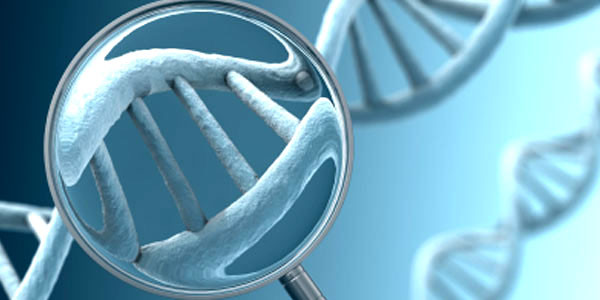
The most common chromosome disorder is aneuploidy (chromosome disorder), where the number of chromosomes is less or more than normal. PGD is the screening of chromosomes for aneuploidy before the embryos are transferred to the uterus. Aneuploidy can occur in both the ovary and the sperm.
WHO SHOULD HAVE PREIMPLANTATION GENETIC DIAGNOSIS (PGD)?
Elderly expectant mothers
Couples with three or more failed IVF attempts
Couples who have anamnesis of recurrent premature miscarriages
Expectant mothers with obstetric history of aneuploidy (chromosome disorder)
Couples with children who have a genetic disease
Carrier status of single gene disease that may be inherited to the baby is identified in minimum one of the couple in screening tests (carrier status of rearranged chromosome; translocation, inversion, deletion)
For some diseases such as thalassemia, leukemia and immune deficiency, bone marrow can be transplanted from a family member donor to cure the sick person by transferring embryos with compatible HLA.
ADVANTAGES OF PREIMPLANTATION GENETIC DIAGNOSIS (PGD):
It increases the success rate of in vitro fertilization
It increases the ratio of ongoing pregnancies
It reduces the risk of miscarriage
It minimizes the need to the medical termination of the pregnancy
It alleviates economic and psychological burdens of repeatedly failed IVF cycle
WHEN AND HOW SHOULD PREIMPLANTATION GENETIC DIAGNOSIS (PGD) BE CARRIED OUT?
Preimplantation genetic diagnosis can be performed on Day 3 embryos with 8-10 cells or on Day 5 blastocyst.
BLASTOMERE BIOPSY (DAY 3)
After the fertilization, the embryos are followed up for 3 days at the laboratory settings until they divide into 8- or 10-cell stage. One or two cells are biopsies from blastomeres of these Day 3 embryos and genetic analysis is applied on certain chromosomes. PGD is reserved for chromosomes, where chromosomal anomalies are very common (13,16,18,21,22,X and Y). Biopsied embryos are developed until the blastocyst stage and embryos that have normal chromosomal structure according to the biopsy results are transferred to the womb of the mother. The rest embryos are frozen.
TROPHECTODERM BIOPSY (DAY 5)
After the fertilization, embryos are grown at the laboratory settings until day 5 and 6 and followed up until an advanced stage, called blastocyst that contains hundreds of cells. Multiple embryos need to be present in order to be biopsied on Day 5. Trophectoderm biopsy can provide more cells for genetic analysis. Since trophectoderm biopsy enables one to analyze more cells, reliability of genetic test is higher as mosaisism can be eliminated. This method also offers an advantage as all available chromosomes (24 different chromosomes) can be examined using the technique called Array Comparative Genomic Hybridization (a-CGH). Following trophectoderm biopsy, embryos are frozen and they can be thawed and transferred in the following months.
The In Vitro Fertilization implies fertilizing a human oocyte with a human sperm at the laboratory settings and transferring the resultant embryo into the womb.
The robotic rehabilitation is a treatment modality used to restore the walking ability in patients with total or partial loss of the gait function. The robotic rehabilitation is an evidence-based treatment that also involves virtual reality processes.
All pre-and post-operative procedures of the kidney transplant are extremely crucial for the health of both the recipient and the donor.
The check-up examinations allows treatment of the diseases successfully before the condition progresses to the symptomatic stage, as it ensures early diagnosis of many diseases.
An aesthetic look is important for most women. Certain processes that can cause deformities in women's body can make them feel unhappy and desperate.
Breast cancer is the most common type of cancer in women not only in our country but also worldwide.
As coronavirus (COVID-19) pandemic progresses, scientists teach us more about the virus and how it progresses.